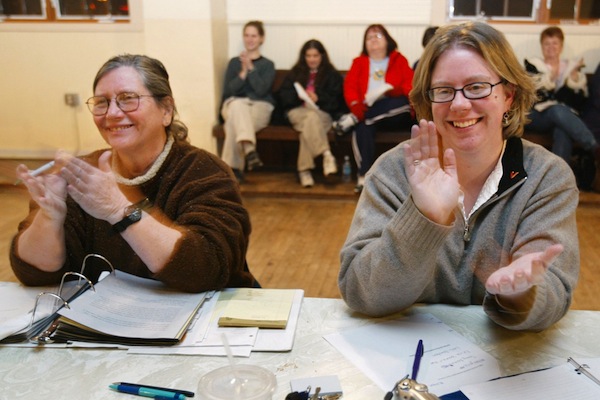St. Louis ranked third most dangerous city worldwide in 2011 based on FBI statistics for murder, rape, robbery, and assault.
Bogota, Colombia ranked number one on the list due to drug-related crime and an August 2010 bombing at a local radio station. Ciudad Juarez, Mexico took second, reporting approximately 1,400 murders in the city in 2008 and over 2,500 drug-related deaths in 2010. St. Louis ranked third for rape, murder, robbery and assault.
“I feel like St. Louis ranking third most dangerous city is accurate because we do have some sorts of danger depending on the location you’re in,” senior Jordan Gipson said.
This is not the first time St. Louis made the most dangerous cities list published by Urban Titan. The city ranked most dangerous in 2008 but dropped down to second by 2009.
“It seems St. Louis has this distinction every year, we’re either first, second or third -it is disappointing. But the process for determining this ‘ranking’ is questionable,” social studies and German teacher Amanda Kaupp said.
In 2011, St. Louis reported a total of 2,070 crimes per 100,000 residents, compared with the national average of 429. According to Urban Titan, 65 percent of reported crimes occur in East St. Louis. The crimes fall under the categories of rape, murder and assault.
“I think St. Louis being the third most dangerous city is accurate,” junior Chip Jacobson said. “Everybody talks about how dangerous it is still, and there’s a lot of things that the media hides because surely there are more murder, rape and theft cases that don’t get reported.”
St. Louis City reports higher crime rates and is considered more dangerous than nearby counties. St. Louis County reported 36 homicides in 2009, compared to 143 in St. Louis City.
“I feel St. Louis can be dangerous because our city has one of the most impoverished inner cities that lacks police protection,” senior Enrique Peralta said. “The north side has one of the highest crime rates. Drug trafficking is coming from East St. Louis, and our downtown is secluded from the nice parts of St. Louis.”
Despite the city’s reputation for higher crime rates, the rate of the city has actually fallen in recent years. The St. Louis Post-Dispatch said Jan. 12 that “major crimes reported in the city fell 9.2 percent last year, reflecting the lowest crime totals since 1967, according to a police department report delivered Wednesday to the Board of Police Commissioners.” According to the report, violent crimes dropped 15.6 percent.
“I think parts of St. Louis can be very dangerous at times, and there are certainly areas I wouldn’t go alone, but when you average everything out I really don’t believe it should be placed above the other cities,” senior Lila Greenberg said. “Overall, St. Louis is a pretty safe place.”
Other publications additionally ranked St. Louis as similarly dangerous. Forbes Magazine publishes its own ranking of the most dangerous cities in the U.S. In 2009, St. Louis did not appear on the list of the 15 most dangerous cities but was ranked the second most dangerous city in the U.S. in 2010. Forbes has continually changed its methodology by limiting the violent crimes categories, rape, homicide, robbery and aggravated assault, and began comparing metropolitan areas as opposed to cities in 2011. The newest way labels Detroit, MI as the most dangerous city in the U.S. and does not list the St. Louis region among the top 10 most dangerous cities.
Now, in an effort to further decrease crime, police in St. Louis are utilizing new technology called Hot-Spot to predict future crime whereabouts. It can predict locations that would help police remain aware of crime in the city.
“In the past we’d just hand off the car keys and say, ‘Go patrol,” North County precinct commander Capt. Troy Doyle said to the St. Louis Post-Dispatch, Jan. 14. “Now what we do is make the job a little easier and say, ‘Here’s exactly what’s going on in your area and what to look for.” #











